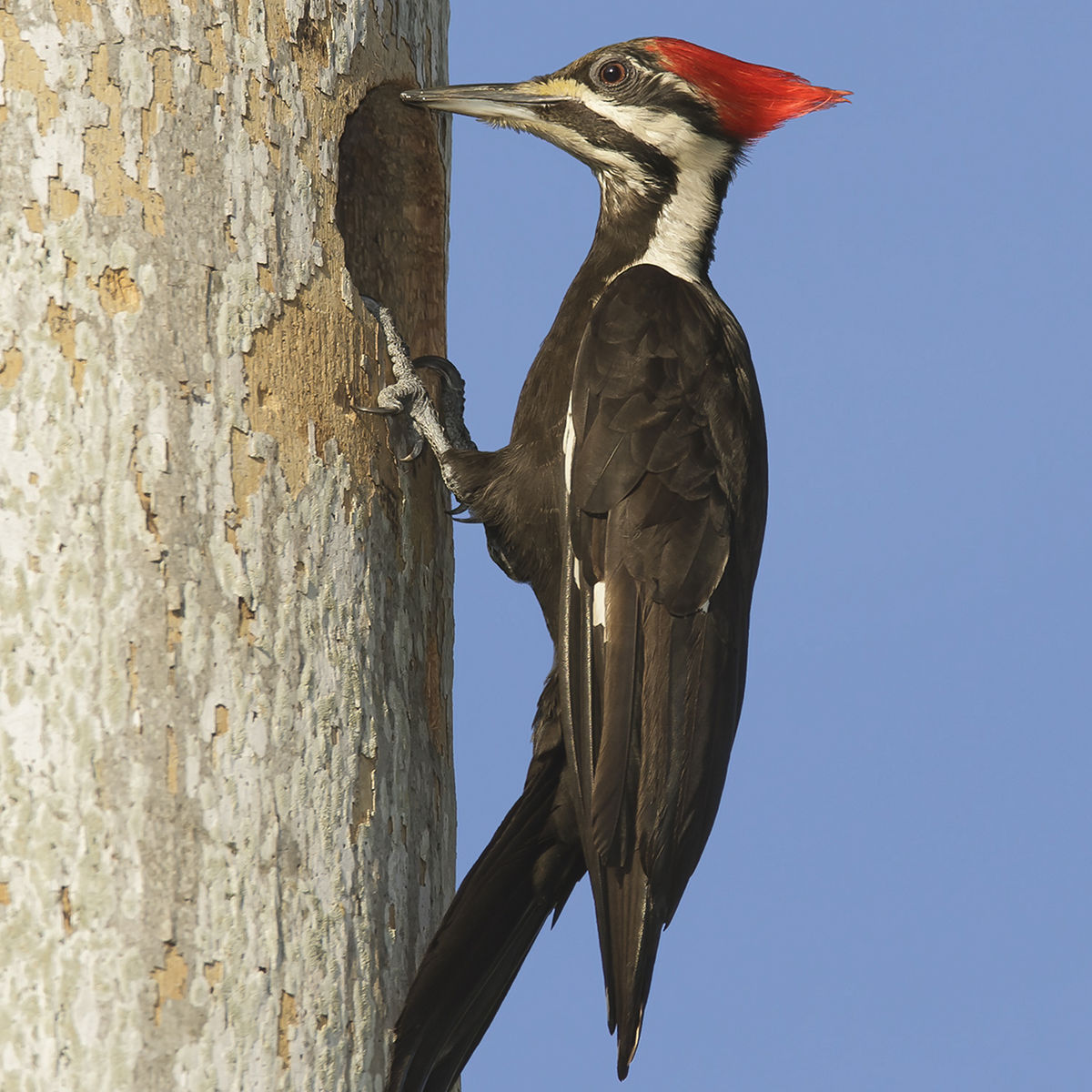Observing Woodpeckers in Florida: Species Variety and Distribution
Observing Woodpeckers in Florida: Species Variety and Distribution
Blog Article
Introducing the Secrets of Woodpeckers: Habits, Environment, and Much More
Woodpeckers, with their special behaviors and specialized adjustments, have long fascinated researchers and nature enthusiasts alike. By discovering the mysteries bordering woodpeckers' habits and environment options, a much deeper understanding of these bird marvels arises, providing a look into their remarkable world.
Woodpecker Actions Insights
In taking a look at woodpecker behavior, an interesting display screen of specialized abilities and adjustments arises, clarifying their remarkable ecological niche - Woodpeckers in Florida. Woodpeckers, recognized for their unique drumming on trees, have a range of behavioral traits that add to their survival and success in their atmosphere. One essential behavior is their drumming, which offers numerous purposes such as interaction, establishing region, bring in companions, and locating food resources. This rhythmic pecking additionally showcases their exceptional strength and endurance, as they can hammer away continually at broadband without triggering harm to themselves.
Furthermore, woodpeckers display an unique feeding habits characterized by their capability to remove insects from tree bark utilizing their specialized beaks. Their lengthy, barbed tongues aid in recording prey, while their solid neck muscles offer security and precision during pecking activities. This feeding strategy enables woodpeckers to accessibility covert insect larvae and extract them with impressive efficiency.
Environment Preferences and Option
What aspects affect the environment choices and choice of woodpeckers? One vital aspect affecting woodpecker environment choice is the accessibility of appropriate nesting sites. Woodpeckers normally like forests with a mix of mature trees that offer sufficient opportunities for cavity excavation.
Additionally, woodpeckers reveal a choice for habitats with a plentiful supply of food resources. They are largely insectivorous, feeding on beetles, ants, larvae, and various other bugs discovered in decaying wood or tree bark. Therefore, woodpeckers often tend to prefer wooded areas with a varied insect population to meet their dietary requirements.
Additionally, the presence of dead or worn out trees is one more crucial aspect in woodpecker habitat option. These trees not just offer food resources yet also supply appropriate substrate for dental caries excavation. Dead trees are vital for the maintenance of healthy and balanced woodpecker populations, as they play a vital function in the woodpeckers' life cycle and ecological community characteristics.
Feeding Habits and Diet Structure
Woodpeckers demonstrate a specialized feeding actions concentrated on foraging for bugs within different environments. Their diet mostly is composed of bugs such as beetles, ants, caterpillars, and spiders, which they find by tapping on tree bark and listening for the noise of movement inside. Woodpeckers use their solid beaks to drill right into the wood and their long, barbed tongues to remove prey from holes. Along with insects, woodpeckers also take in tree sap, fruits, nuts, and seeds, including variety to their diet plan depending on the season and schedule of food sources.
The foraging strategies of woodpeckers are well-adapted to their arboreal way of living (Woodpeckers in Florida). Their capacity to dig deep into timber not only offers them with food but additionally aids in developing nesting dental caries and developing regions. Woodpeckers play a vital duty in keeping the health and wellness of woodlands by managing insect populations and aiding in the decay of wood. Understanding their feeding practices and diet composition is important for conservation initiatives intended at maintaining these special and useful birds.
Drumming Sounds and Interaction
Using fast drumming sounds on numerous surfaces, woodpeckers employ an unique type of interaction to indicate territory boundaries and draw in companions. This drumming behavior is not just a means check my site of interaction however additionally functions as a way for woodpeckers to develop their existence within a particular location. The intensity, rate, and pattern of the drumming can communicate important details to other woodpeckers in the location.
Woodpeckers utilize drumming sounds to reveal their presence in a region and to alert off potential burglars. The loud and repetitive nature of the drumming works as a clear signal to other woodpeckers that the location is already declared. This helps in lowering disputes and decreasing physical conflicts in between individuals.

Survival Adaptations and Specialized Anatomy

Verdict
In verdict, woodpeckers display special behaviors, such as drumming noises for communication, and have actually specialized makeup for survival in their selected environments. Their feeding practices and diet regimen structure even more show their adaptability to numerous settings. By recognizing these elements of woodpeckers, scientists and guardians can much better protect and protect these interesting birds and additional reading their environments.
Report this page